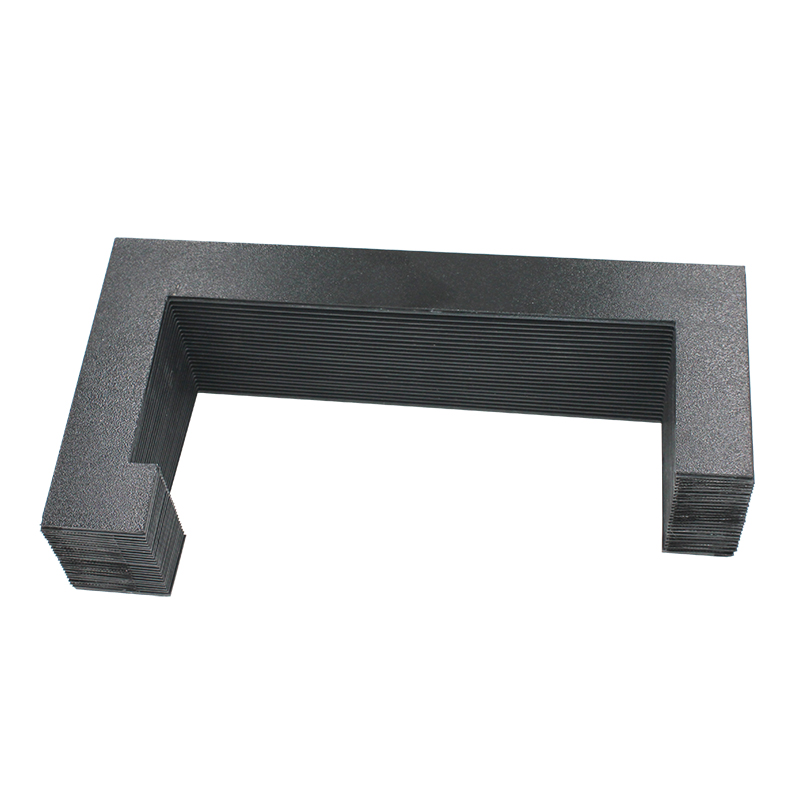Flexible Solutions for Managing Cables and Hoses in Industrial Applications
The Importance of Cable and Hose Carriers in Modern Industries
In today's fast-paced industrial landscape, the efficiency and reliability of machinery are paramount. One essential component that plays a critical role in maintaining this efficiency is the cable and hose carrier. These versatile systems not only facilitate the organized routing of cables and hoses but also enhance the safety and longevity of industrial equipment.
Understanding Cable and Hose Carriers
Cable and hose carriers, often referred to as drag chains or cable tracks, are designed to protect and guide cables and hoses in various applications. These carriers come in various shapes and sizes, tailored to meet specific needs across industries such as manufacturing, automation, robotics, and construction. Their primary function is to keep cables and hoses organized while allowing for smooth movement as machinery operates.
The Versatility of Cable and Hose Carriers
One of the most significant advantages of cable and hose carriers is their versatility. They are engineered to accommodate different types of cables and hoses, whether electric, hydraulic, pneumatic, or other types. This adaptability makes them suitable for a host of applications, from CNC machines and robotic arms to cranes and conveyor systems.
Moreover, carriers can be configured for various environments, including indoor settings, outdoor installations, and harsh industrial conditions. With options for open or enclosed designs, manufacturers can select carriers that provide optimal protection against dust, debris, moisture, and temperature extremes. This adaptability ensures that businesses can maintain their operations without interruptions.
Enhancing Safety and Reducing Downtime
cable and hose carrier

The use of cable and hose carriers significantly enhances workplace safety. Cables and hoses that are left unorganized pose risks, such as tripping hazards and potential damage to the components. By using carriers, these risks are mitigated, creating a safer working environment for employees. Furthermore, organized routing minimizes the chances of tangling and abrasion, which can lead to equipment failure.
In addition to safety benefits, cable and hose carriers can lead to reduced downtime. When cables and hoses are well-managed, the likelihood of wear and tear decreases, thus prolonging their lifespan. This, in turn, reduces maintenance requirements and the frequency of replacements. For industries where efficiency is crucial, minimizing downtime can lead to significant cost savings and improved productivity.
Customization for Specific Applications
As industries evolve, the demand for customized solutions increases. Many manufacturers now offer tailor-made cable and hose carriers that cater to unique operational requirements. Customization options may include varying lengths, widths, and load capacities, as well as materials that can withstand specific environmental conditions.
For instance, in the automotive industry, where high-speed robotic arms are prevalent, carriers might be crafted from lightweight yet durable materials to enhance speed and agility. Conversely, in the oil and gas sector, carriers may need to be made from materials resistant to chemicals and extreme temperatures. The ability to customize ensures that businesses receive carriers that align perfectly with their operational needs.
Conclusion
Cable and hose carriers play an integral role in modern industries by enhancing safety, promoting efficiency, and ensuring the longevity of machinery. Their versatility, customization options, and ability to reduce downtime make them indispensable in various applications. As technology continues to advance, the importance of these systems will undoubtedly grow, paving the way for safer and more efficient industrial processes.
In conclusion, investing in high-quality cable and hose carriers not only protects cables and hoses but also supports the overall functionality and safety of industrial operations. As businesses seek to upgrade their equipment and maintain high standards of safety and efficiency, the role of cable and hose carriers will remain crucial in shaping the future of industrial automation.








